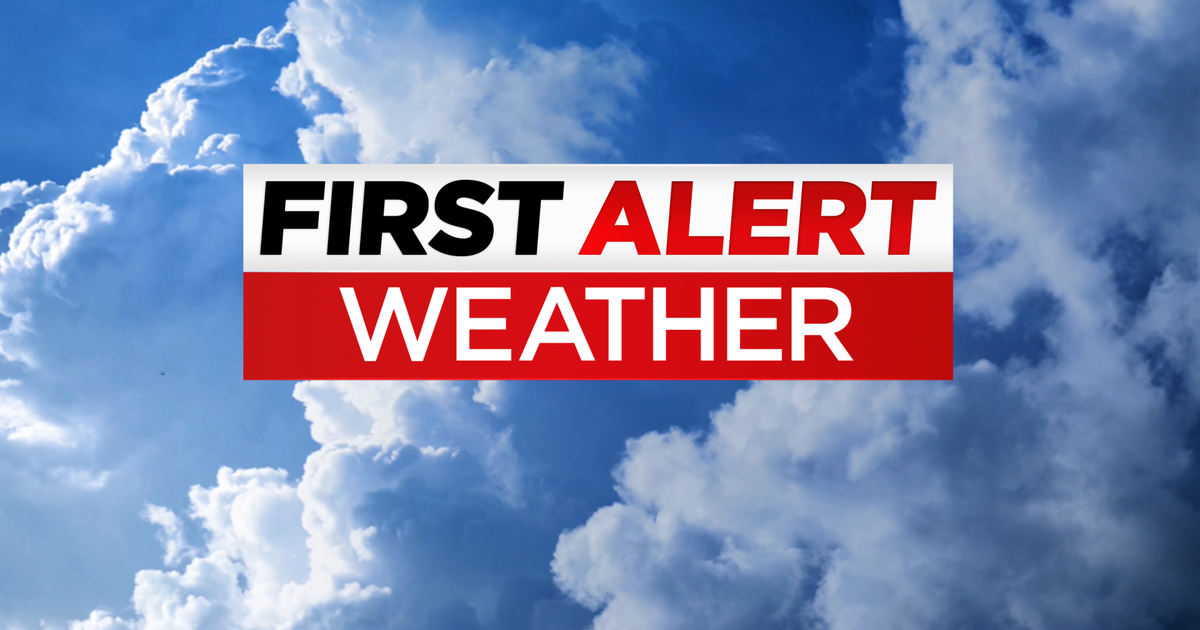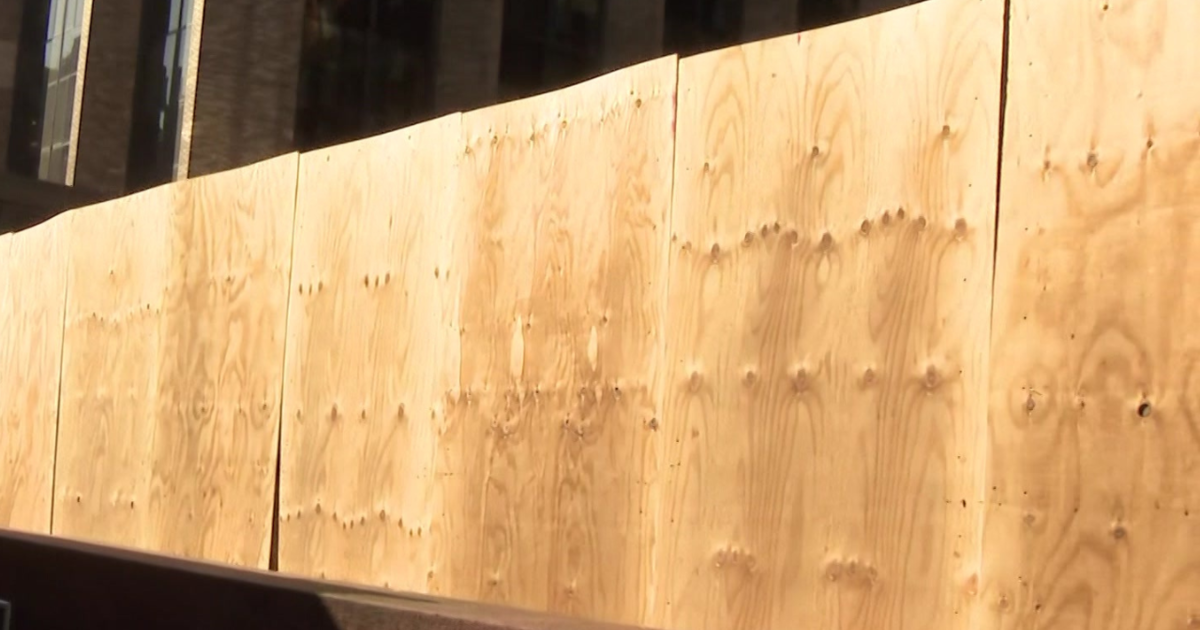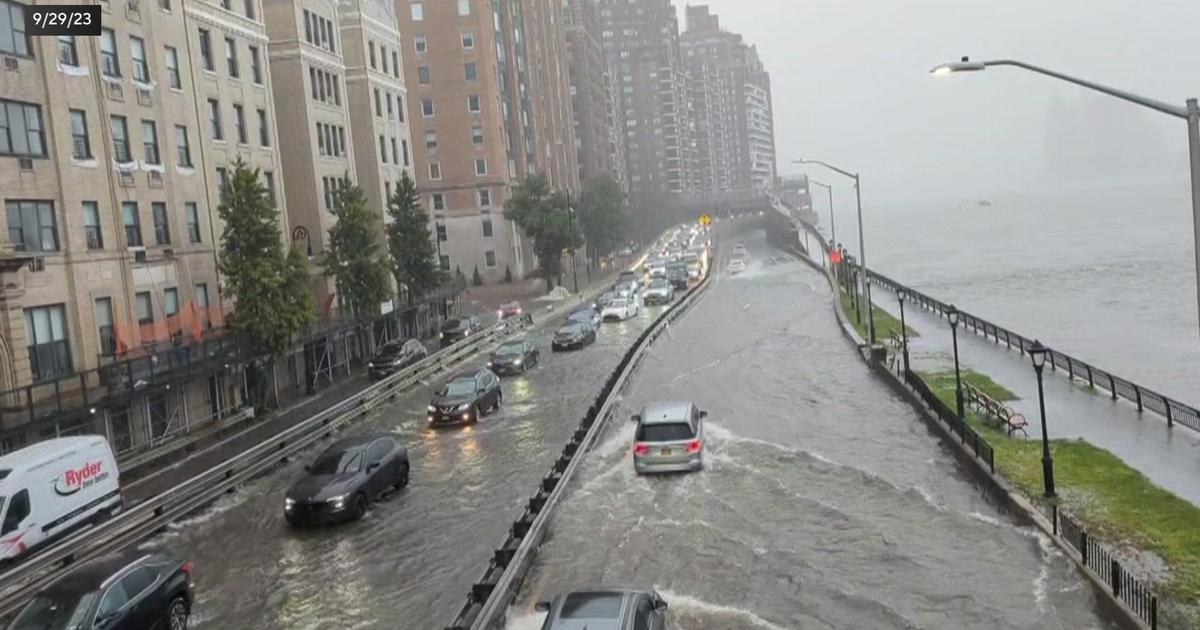CBS2's Lonnie Quinn: Move Of 50 Miles Made Difference Between Paralyzing Blizzard And Mild Snowstorm
NEW YORK (CBSNewYork) - The Blizzard of 2015 turned out only to be a minor snowstorm for the boroughs of New York City and many other areas only because the storm system shifted 50 miles off its forecast path.
As CBS2's Lonnie Quinn explained on Tuesday afternoon, the forecasted track a day earlier indicated that the storm would set up right off the eastern tip of Long Island. The circulation around the low-pressure system at the center of the storm would have dumped buckets upon buckets of snow in New York City and left feet of snow on the ground.
CHECK: MTA | NJ TRANSIT | PATH | Travel & Transit Guide
But Quinn explained on Monday what could cause the storm to bust. Theoretically, air that was not cold enough or a lack of moisture could have busted the storm, but neither was a possibility. But Quinn pointed out on Monday that there was indeed a slight chance that the track of the storm could change, and it just so happened that it did.
The center of the storm shifted 50 miles eastward, and that made all the difference, Quinn reported. As a result, Glendale, Queens topped out at 12.1 inches, LaGuardia Airport 11 inches; Jamaica, Queens 10.1 inches; and Central Park just 9.8 inches. If the blizzard had stayed on the track predicted, the totals of 1 to 2 feet of snow would likely have materialized.
And indeed, just 20 to 30 miles east on Long Island, Massapequa topped out at 17.8 inches, and Oceanside and Plainview 17 inches even. And 50 to 80 miles east of the city, snow totals were indeed monumental, with 28.5 inches in Orient, 28 inches in Southampton and 25.6 inches in Medford by Tuesday night, CBS2 Meteorologist Elise Finch reported.
Gary Szatkowski, the meteorologist in charge of the National Weather Service's office in Mt. Holly, New Jersey, went so far as to apologize for the forecast. He took to Twitter to do so.
"My deepest apologies to many key decision makers and so many members of the general public," Szatkowski tweeted. "You made a lot of tough decisions expecting us to get it right, and we didn't. Once again, I'm sorry."
New York Gov. Andrew Cuomo defended the decision to implement a travel ban based on the forecast, while also discussing the impact of the decision.
"We had a storm several weeks ago where I believed the forecast was for a relatively modest amount of snow and we then had seven feet of snow in Buffalo," Cuomo said. "And we didn't close roads etcetera because we weren't anticipating seven feet of snow. I made a comment that the weather forecast was not 100 percent accurate, which offended weather forecasters all across the country. And I was roundly berated for days for criticizing the weather forecast. So on the theory of live and learn, and a little wiser, weather forecasters do the best they can and we respond to the best information we have."
Cuomo Defends Travel Ban
Cuomo said New York state was in the process of installing its own weather forecasting system, which he said would be the most sophisticated in the country.
"We make big decisions based on these weather forecasts," Cuomo said, adding decisions to close roads can save lives. "It's also very expensive. We rely on the weather forecast to deploy equipment all across the state. We have brought hundreds of pieces of equipment from upstate New York to downstate New York. This was a very expensive exercise. To the extent you close mass transit, you effect businesses, etcetera. So you make big decisions based on this information, you want the best information that you have."
New Jersey Gov. Chris Christie also discussed the forecast, saying he was surprised to find the totals weren't as high as he expected.
He said as of 9 or 10 p.m. Monday, the National Weather Service was still predicting accumulations of near 20 inches of snow in parts of New Jersey.
"The only way Gov. Cuomo and I can make these decisions is based upon the decisions we're getting from National Weather Service and our advisers. So, based upon those things, I think the travel ban was the prudent thing to do," he told CBS2. "You always want to err on the side of protecting human life, when you're in positions like this. So we did what we thought was best, based on the predictions we were getting."
NWS Director Comments On Apology From Meteorologist After Snowstorm Misses Mark
In response to Szatkowski's apology, National Weather Service Director Louie Uccellini said he "understands Gary's disappointment," 1010 WINS' Sonia Rincon reported.
Uccellini added that the NWS meteorologists feel personally responsible when a forecast isn't verified, "However it is vitally important that the American public understand that a tremendous amount of science and scientific expertise goes into each forecast."
Uccellini said that perhaps what the agency needs to do a better job of is conveying the uncertainties. In this case, it wasn't the size of the storm that was off, but exactly where that snow would fall, Rincon reported.
Szatkowski expressed appreciation for support this morning.
"Thank you to the many folks who have been very gracious on social media this morning. Much appreciated," he tweeted.
Jim Bunker, who also works National Weather Service's Mt. Holly office, told the Associated Press the agency will evaluate the way it models storms after the total amounts across the region were far lower than expected.



